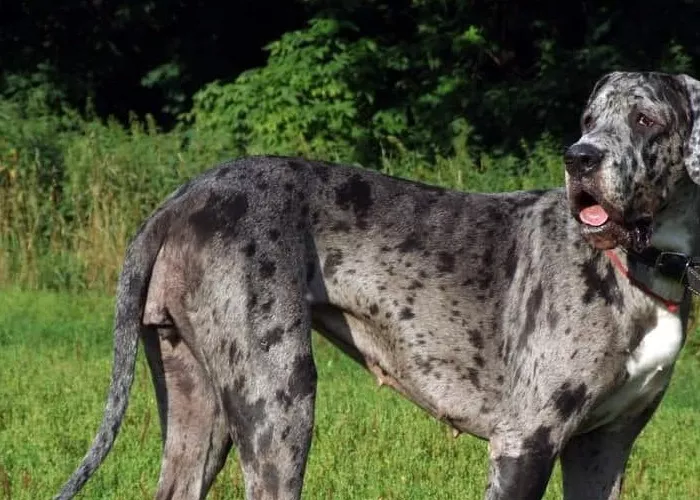Dogs may appear peaceful while napping, but their sleep patterns offer fascinating insights into how domestication has influenced their behavior—and how these rhythms may even inform human sleep research. Far from being just a rest period, a dog’s sleep is a complex biological process that mirrors some of their wild ancestors’ habits.
Typically, domestic dogs follow a diurnal sleep cycle, meaning they are active during the day and rest at night, much like their human companions. Their most significant sleep occurs from 9 pm to 6 am, with occasional naps throughout the day, especially in the afternoon. On average, a pet dog sleeps about 10 hours a day, though estimates vary widely—from seven to 16 hours—due to the time they spend simply resting with their eyes closed.
In contrast, their wild predecessors, such as grey wolves, exhibit more nocturnal or crepuscular sleep patterns, being active during the night or at dawn and dusk. Though human influence has caused captive wolves to adapt to a more diurnal rhythm, free-roaming dogs tend to mirror the variability of wild canids, with their sleep cycles heavily shaped by environmental factors like food availability, weather, and human presence.
This adaptability highlights a key insight: while domestication has affected the timing of sleep in dogs, the underlying pattern still shares strong ties with the wild sleeping habits of their ancestors.
The Nature of Dog Sleep
Dogs cycle through multiple stages of sleep, including drowsiness, non-rapid eye movement (NREM) sleep, and rapid eye movement (REM) sleep—the stage where most dreaming occurs. Interestingly, dogs spend a larger portion of their total sleep time in REM sleep than humans—about 2.9 hours daily compared to 1.9 hours for humans. However, a study in 2022 revealed that, when compared to wolves, domesticated dogs actually spent less time in REM sleep.
These findings raise questions about the role of REM sleep in domestication. Animals that are more vulnerable to threats tend to spend less time in REM sleep, suggesting that safety may influence the amount of time spent in this crucial stage. Dogs, living in safer environments, might have evolved to sleep more lightly and frequently, as an evolutionary safeguard to stay alert for potential dangers.
Daytime Naps and Adaptability
Unlike humans, dogs are prone to frequent, shorter periods of sleep throughout the day. Their naps are typically lighter compared to their nighttime sleep. These shorter sleep intervals could be an evolutionary adaptation, allowing dogs to quickly awaken and assess their surroundings for potential threats after deep sleep periods, particularly REM sleep.
Dogs also demonstrate an impressive ability to adapt to schedule changes. For example, drug detection dogs are known to handle disruptions in their routine without significant disturbances in their sleep patterns. This flexibility highlights how dogs’ sleep habits are optimized for alertness and adaptability to their environment.
Factors Influencing Sleep
The quality and duration of a dog’s sleep fluctuate not only based on age but also depending on factors such as sex, physical activity, emotional well-being, and environmental conditions. Older dogs, for instance, tend to experience fragmented sleep, with more time spent in NREM sleep during the day and less REM sleep at night. Emotional experiences also play a role in sleep patterns: negative events like owner separation or encounters with threats can trigger increased REM sleep as part of the dog’s emotional processing.
Why Do Dogs Sleep?
While the full purpose of sleep in dogs remains a subject of debate, it is known to be crucial for physical restoration. A key function of sleep, particularly REM sleep, is memory consolidation. Studies have shown that dogs improve their recall of newly learned words after a nap, suggesting that sleep plays an essential role in learning.
Dogs are also a valuable model for studying sleep-related disorders in humans, including narcolepsy, REM behavior disorder, and age-related cognitive decline, such as Alzheimer’s disease. Research into the sleep patterns of dogs may provide vital insights into these human conditions, offering potential pathways for early diagnosis and treatment.
Conclusion
Far from being a passive activity, sleep in dogs serves many complex functions, from memory consolidation to emotional processing, and can even provide critical clues about their wild origins. As we continue to study canine sleep, we gain valuable insights into both animal behavior and human health. So next time your dog is curled up on the couch, know that their slumber may be revealing more than you think.
Related topics:
Nothing Beats the Love of Dogs, Especially with Parkinson’s
Rescue Group Finds Golden Opportunities for Dogs, Families
Proposed Changes to Sunshine Coast Dog Beaches Spark Community Protests


